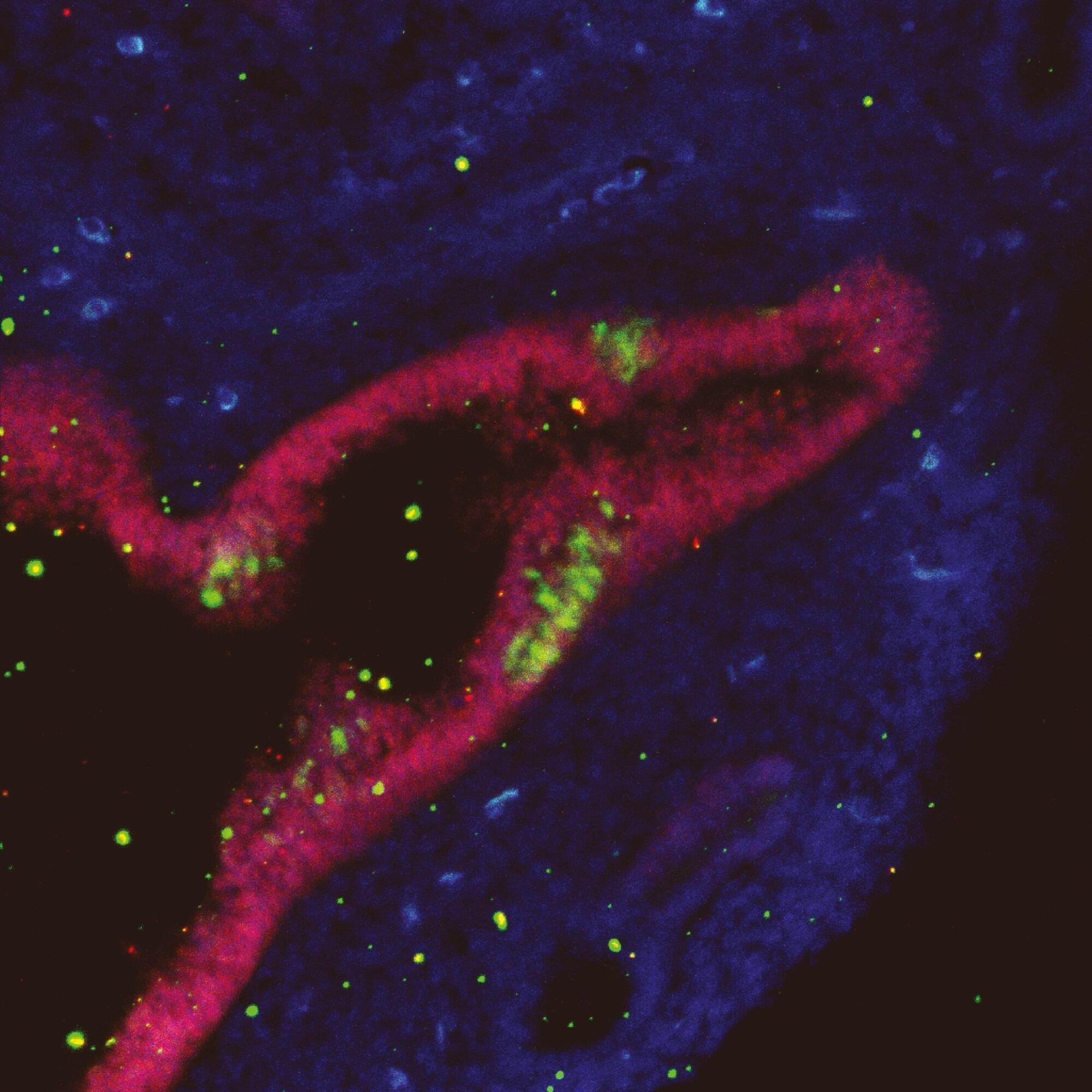For decades, scientists assumed that neural stem cells (NSCs) only occur in the brain and spinal cord. A new international study, led by Hans Schöler of the Max Planck Institute for Molecular Biomedicine in Münster, has now refuted this assumption and discovered a new type of neural stem cell outside the central nervous system (CNS) that opens up enormous possibilities for the development of therapies for neurological diseases. The study is published in the journal Nature Cell Biology.
In 2014, an article titled “Stimulus-triggered fate conversion of somatic cells into pluripotency” was published in Nature. This publication initially caused quite a stir because it opened up a simple way to obtain pluripotent stem cells. The induction of pluripotent stem cells without the need for viral vectors, as Shinya Yamanaka had done and for which he received the Nobel Prize, would have been too good to be true.
Although the laboratory of Schöler at the Max Planck Institute for Molecular Biomedicine, like many others, tried to repeat the experiment that described the “stimulus-triggered acquisition of pluripotency” (STAP) based on treating somatic cells with low pH. However, the generation of pluripotent cells failed regardless of the culture conditions and tissues used—and the corresponding paper was eventually retracted several months after publication.
